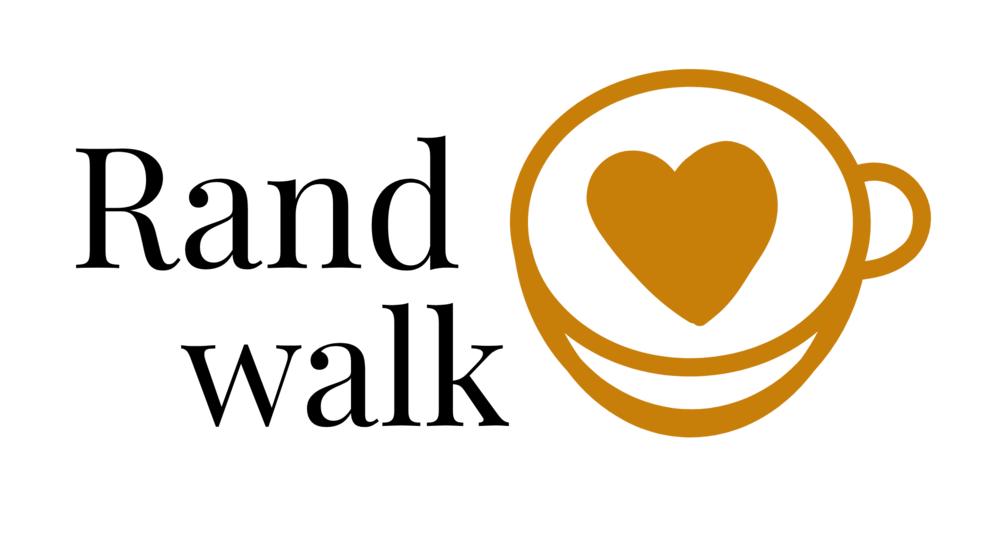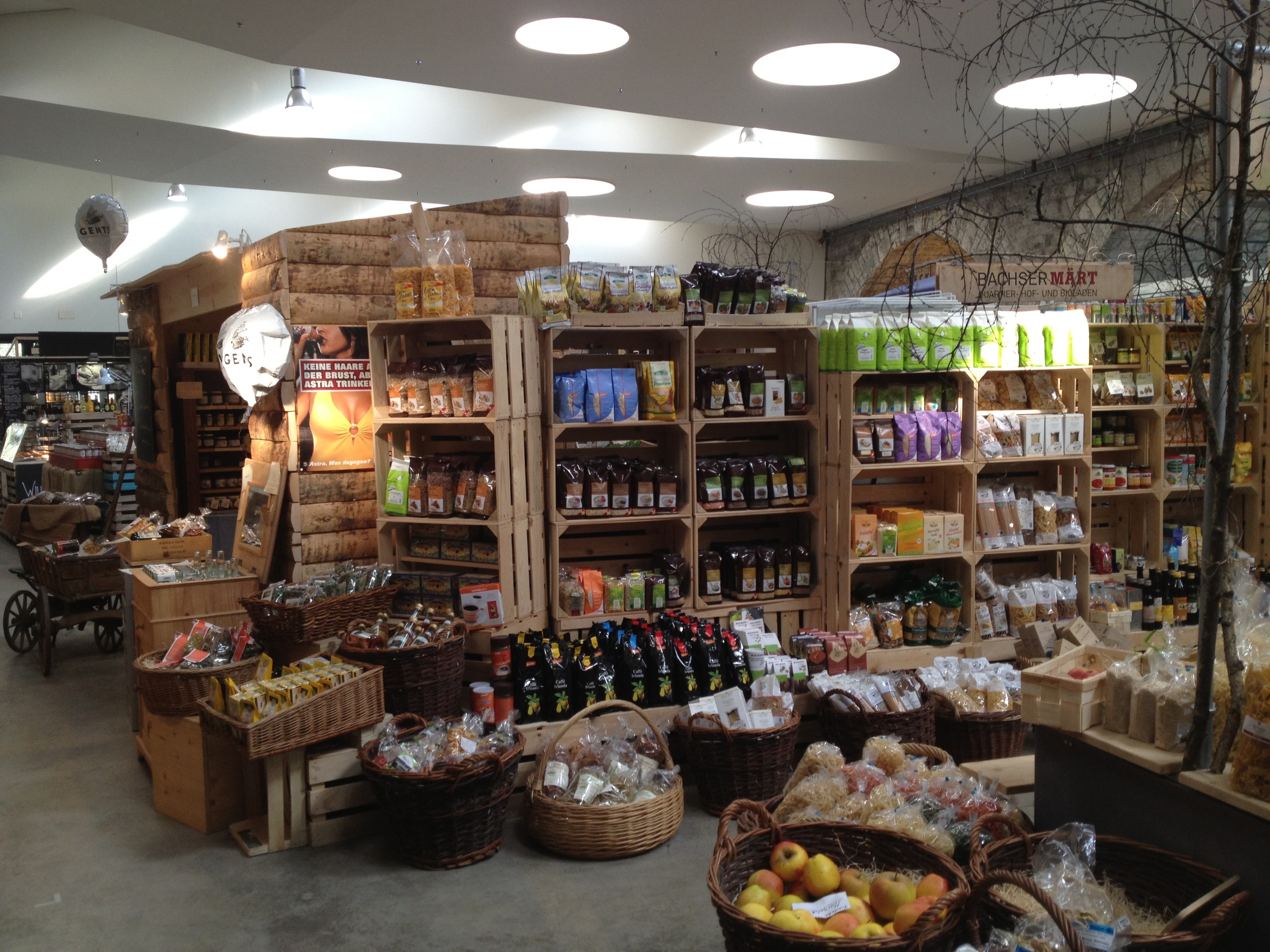Switzerland, by most standards, is a completely respectable nation. It is rich yet equal, patriotic yet peaceful, diverse in culture and language yet united in most things. From Paris, a bullet train arrives in Geneva in a mere three hours. From there, the train meanders through the mountainous and picturesque towns like Lausanne, known for the post-WWI treaty with Turkey, and through the capital, Bern, before arriving in Zurich. Like Belgium, the south is French and the north is German (though of “a whole different breed” said one German-speaking commentator). And like Amsterdam to Brussels, Zurich is beautiful and exciting compared to a duller Geneva.
Zurich
Zurich might be the prettiest small city in Europe. It is set in a magnificent nature-scape comprised of rivers, a lake and mountains in the near distance. The city itself is mountainous, providing for views of rings and rings of houses that hug the hilly contours. From city centre, the first activity should be to go south from the train station, hugging the river on its west bank until the lake is reached. More inland, Swiss and international luxuries can be found on Bahnhofstrasse: Bally clothing, Sprüngli the chocolatier; they are all there.
Löwenbräu
Art Museum near Palais des Nations, Geneva
The best museum is the Rietberg, where an impressive collection of ancient artefacts is on display for free. The Chinese selection spans the Neolithic Era to the Song Dynasty and is the most comprehensive selection I have seen. For art, a converted Löwenbräu brewery houses a myriad of contemporary art museums, most notably Migros Museum and Kunsthalle. Both are 8 CHF to attend and hard to appreciate. Instead, choose the Kunsthaus (18 CHF for all exhibitions) for a cross section of modern and contemporary art that is less obnoxious and frankly, better. On exhibition was a touring Chagall exhibition. Chagall is notably represented in the stain glass windows at the free Fraumünster church. You can’t take pictures in either but the semi-bilingual Fraumünster will chastise photo-snappers more critically. Other museums in Zurich to consider are: the Design Museum (free for ISIC cardholders), which currently showcases 3D printers; the Toy Museum by famed toymaker Franz Carl Weber; and the Swiss National Museum, an anti-chronological mess but impressive in size. In Geneva, the Patek Philippe museum is full of glittering watches from the past five centuries.
Markthalle
50 CHF for two
But the real gem of Zurich is in the West, in the 4th and 5th districts. Start with the Markethall Im Viadukt in the 5th, a market with an easygoing restaurant in the back. Generous portions of rustic cooking – salad, omlette, polenta and sausage – are easy to eat and come out to 50 CHF (for two). Walking northwest the unending string of shops of Im Viadukt that cohabit a railway bridge present a bougie-hipster paradise of clothes, furniture and other knick-knacks. A Nudie Jean store has denim beanbag chairs; an artisan works on exposed-wood tables in the back of a nearby shop. At the end of this walk, a towering assemblage of stacked freight containers house a recycled material-only Freitag store. Hop to the 4th to see Street-Files Mini Mart for clothing cool people wear and another cluster of innovative shops.
Nudie Jeans Store
5th District
Freitag Shop
Hiltl
20 CHF lunch (but weight)
In general, the food could be better. Restaurants like the fondue-serving Hôtel les Armures and the Michelin-acclaimed Bistrot du Boeuf Rouge (both in Geneva) serve overpriced and boring food. Instead, the culinary standard is that of the market. Like the style at the Marché at Brookfield Place, an original concept restaurant owned by Swiss hotelier and restaurateur Mövenpick (which also makes the best ice cream in Europe, near the Opera House), self-serve is in. In Zurich, Hiltl and its less refined offspring, Tibits, both have an unassailable selection of vegetarian food priced by weight. An average brunch might cost 20 CHF (10 CHF at Tibits), a bottom-low price by Swiss standards. Hiltl is chic and pristine; it is luxury at its fullest without the pretentious customs of old. A palette of differently coloured vegetable curries is delicious and healthful and go along well with pappadum, a lightweight value-maximizer. And in a city of expensive cocktails, the refreshing 500mL homemade ice tea is a steal at 8 CHF. If this is too exuberant, then Sterner Grill sells excellent bratwursts (7 CHF) and beer (4 CHF) while Brasserie Louis Take-out has mediocre steak sandwiches (10.50 CHF).
Mövenpick
4th District
Like the products it sells, Switzerland is a niche destination that will delight some travellers and tire others. But visiting will at least burst the bubble of Swiss excellence labelled on its watches and chocolates. Indeed, the Zurich transit system is timely and efficient (though the one in Geneva could be better) and there were no homeless people. But on one evening, a restaurant was closed at the time of my reservation. Stupidity is a human phenomenon and a strong pan-European propensity from which the Swiss cannot be excluded. Their opportunism in the World Wars is often misinterpreted as pacifism; they hid money for Hitler. Today, their banks are under pressure both from within and from offshore finance watchdogs. The oligopolistic structure of their industries creates exorbitant prices exacerbated by a strong currency, resulting in a loss of competitiveness. Even the Swiss can falter.
















